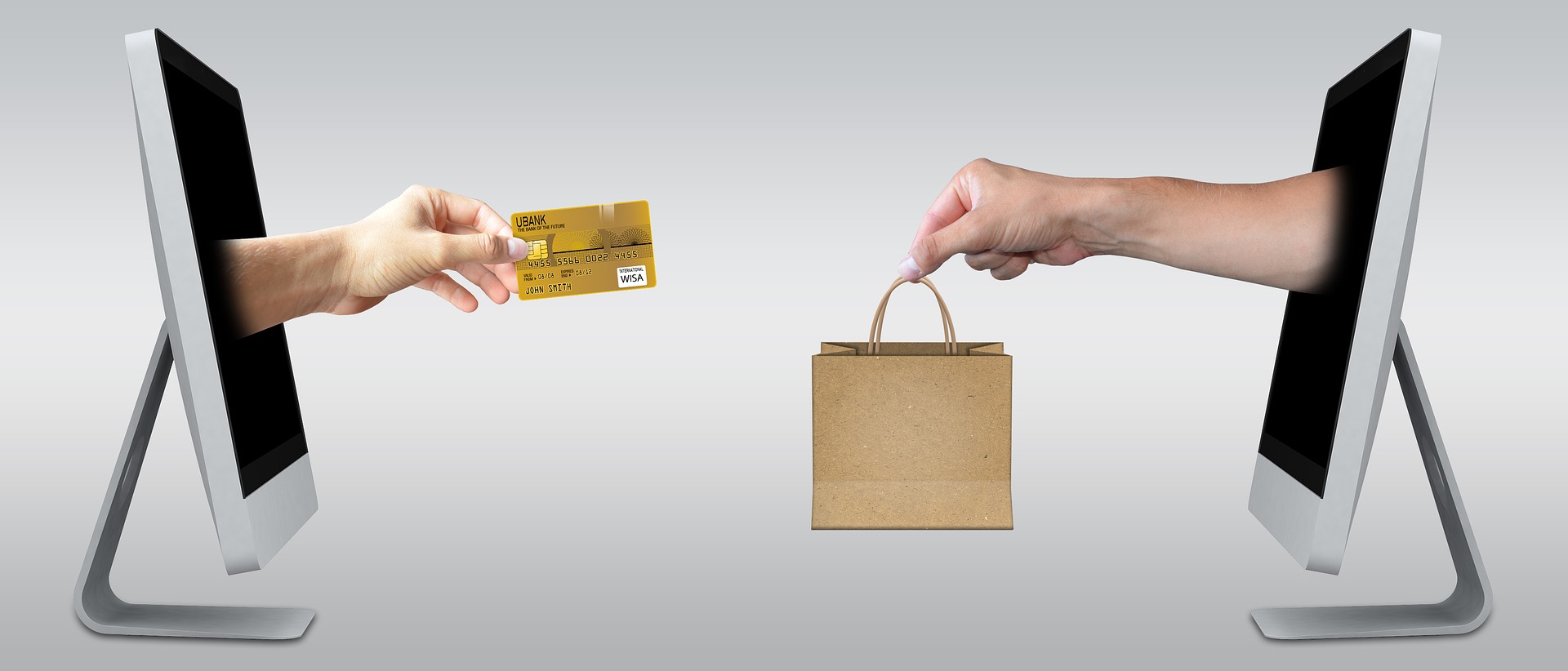Most e-tailers also have a brick-and-mortar presence where customers can return merchandise and, perhaps more importantly, judge whether or not a business is reputable. So for them, e-tailing is and the costs associated with setting up a third-party payment verification system are merely one of the costs of doing business, usually significantly less than paying for retail space. Last year, consumers spent more than $517 billion online with U.S. merchants, up 15% from the year before, according to Internet Retailer.
But because independent musicians, authors, and designers operate on significantly lower margins, the cost of setting up third-party accounts with credit card companies can be prohibitive. While credit card options offer consumers both peace of mind and protection against fraud, they increase costs for both buyers and sellers.
Researchers at USC Viterbi School of Engineering believe they have found a way to make the buying and selling of digital goods less costly, more efficient, and less vulnerable to fraud. Their proposed solution involves blockchain, “smart contracts,” and game theory.
By allowing buyers and sellers to interact directly with each other using a dual-deposit method that creates a safety deposit held in escrow from both parties to the transaction, everyone involved has a stake in behaving honestly. And a smart contract automatically tracks buyer and seller behavior. The smart contract is an algorithm that runs on a programmable blockchain.
Here’s how it would work, according to Bhaskar Krishnamachari, director of the Viterbi Center for Cyber-Physical Systems and the Internet of Things. An author who wants to avoid making her book available through Amazon or another third-party site would use the blockchain-based solution to list the book’s price at $20. An interested buyer contacts her. To ensure an honest deal, both the buyer and seller agree to make a $10 deposit through Ethereum or other programmable blockchain platforms.
The author then sends the digital book to the buyer, who could only access it by making a verifiable payment for the correct amount. If the transaction satisfies everybody, then both parties receive their deposits back.
If someone tries to cheat (or if there’s a mix-up, such as the wrong book being sent), the smart contract kicks in.
The contract stores a good’s digital hash code, or digital fingerprint to which the buyer has access before making a purchase. If they receive an item with a different hash code, they can dispute the transaction. In this instance, the seller would forfeit their deposit after the algorithm determined that they had attempted to cheat the buyer.
If a buyer tries to cheat by falsely claiming they received the wrong item, the digital fingerprint will refute this claim and the unscrupulous buyer would lose their deposit.
Game theory proves mathematically that, in the proposed protocol, the best option for buyers and sellers is to behave honestly so they don’t lose either their deposits or access to goods they want to acquire.
The system works only with digital goods because physical products can’t have a cryptographic hash associated with them. However, physical goods stored in a safe-box that can be opened with a digital password could be potentially transacted using their system.
The researchers’ blockchain-based system, under-girded by algorithms and smart contracts, solves what’s known as the “Buyer and Seller’s Dilemma,” all without the need for credit-card companies or legal adjudications, Krishnamachari said.
“The dilemma is that with a traditional online transaction, either the buyer or seller will have to go first, either trusting that the buyer will pay honestly after delivery or that the seller will deliver honestly after payment. But either party has the incentive and ability to cheat the other if no other dispute resolution mechanism or trust third party is involved,” Krishnamachari said. “By providing for the dual-deposit escrow and an automated verification process as a piece of software running on a blockchain,” he added, “we are able to guarantee that neither party will cheat the other.”
The new protocol has great potential for use in microtransactions, popular in games and mobile apps. Microtransactions allow users to pay small amounts of money for virtual goods like a new sword in “World of Warcraft” or unlocking hidden levels in a game.
However, with the advent of the Internet of Things, the potential for these tiny microtransactions is far, far greater.
Such automated arrangements, for instance, could include micropayments to the owner of a sensor-laden car digitally providing another driver with traffic data or air quality information. These and other microtransactions, Krishnamachari said, will multiply with the increased interconnection, via the Internet, of data-exchanging computing devices embedded in everyday objects.
“Creating these data economies is going to require us to lower the friction for transactions down to zero. And that’s what we’re trying to do,” Krishnamachari said. “Millions of transactions could become frictionless, digitized and monetized, and the Internet of Things would be more robust.”
Source: USC

